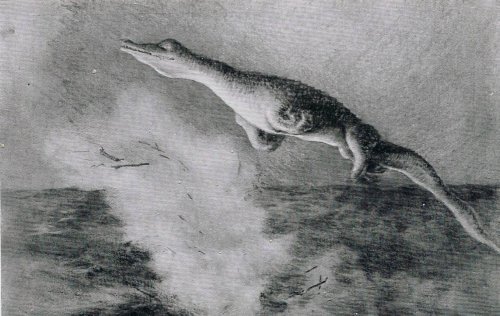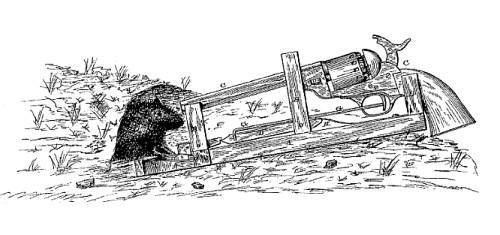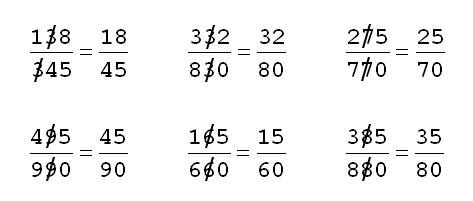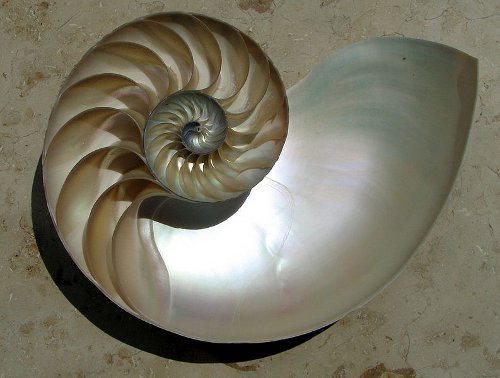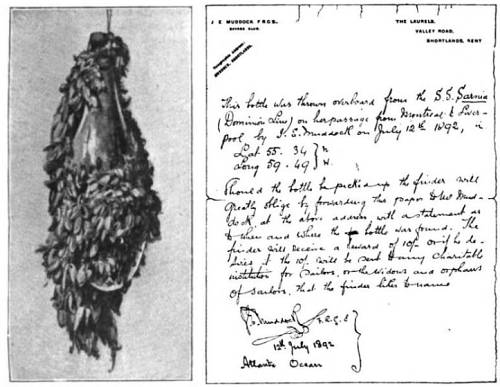
At noon on the 12th of July, 1892, Mr. J.E. Muddock, the well-known novelist, then on his way home from Canada in the Sarna, threw into the icy Straits of Belle Isle a soda-water bottle containing a message, which, together with the bottle, is here shown. Exactly 485 days afterwards Mr. Muddock had a letter from Norway saying that his bottle had been picked up by a poor fisherman at the entrance to the Sogne Fiord, 2,500 miles in a straight line from the place where it was committed to the sea. Had it not been picked up it would have gone into the Arctic regions. This experiment was of real scientific value, since it was the means of settling certain matters relating to ocean currents.
— Strand, January 1898


